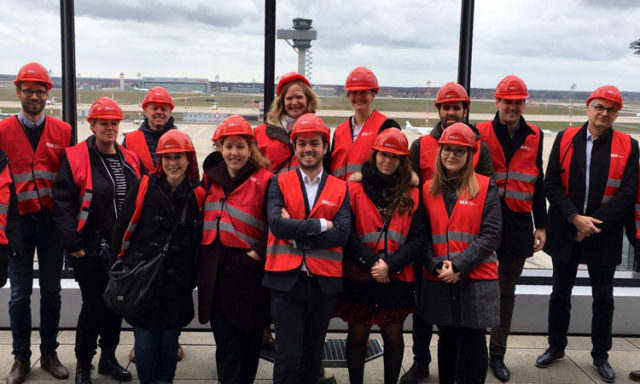The DREAAM project was formed in 2018 to exchange employment best practices in airport areas. Alexandra Covrig, Senior Project Manager at the Airport Regions Council (ARC), explains the project’s findings.
Airports and their associated activities contribute highly to local, regional and national economies, generating jobs for the local communities that they serve. In 2015, European airports were creating and facilitating more than 12 million jobs. Employment in airport areas has always been a source of growth, development and economic activity and during this pandemic we have come to see the impact that aviation has on the global economy.
Before the pandemic hit, air traffic was growing at an unprecedented pace, airports throughout Europe and beyond were continuing to expand and develop, and so did the surrounding areas. At the same time, many airports were struggling to respond to the needs of the numerous companies on their platforms. They were dealing with an ever-increasing skills shortage, as well as an issue in attracting employees to the airport.
In 2018, a group of regional public authorities, airports and economic and development agencies started the Development of Regional Employment and Airport Areas Manpower (DREAAM) project. Supported by Erasmus+, the objective, over two years of activity has been to exchange best practices on vocational education and training in airport areas, as well as on regional branding and recruitment.
The project partners of DREAAM were: lead partner Paris CDG Alliance (France), communication partner Airport Regions Council (Belgium), Aviato (Belgium), Economic Development Agency Dahme-Spreewald (Germany), El Prat de Llobregat Town Council (Spain), Regional Authority FrankfurtRheinMain (Germany), Municipality of Beek (The Netherlands) and Orly International.
Therefore, in DREAAM project, we have analysed the regional employment situation in six airport areas: Paris airport, Maastricht, Brussels, Barcelona airport, Berlin and Frankfurt airport. In this analysis, nine airports were included, ranging from hubs such as Paris Charles de Gaulle with over 75 million passengers in 2019, to airports such as Maastricht Aachen with over 450,000 passengers in 2019. The nine airports included in the DREAAM analysis serve in total over 1,000 municipalities which are home to over 20 million inhabitants. The unemployment rate in these airport areas variates from 3.4 per cent (in Maastricht, as of 2019) to 18 per cent (in Paris, as of 2018).
In this study, we have noticed a pattern in the main challenges encountered by the DREAAM airport areas. When it comes down to employment, it seems that these airport areas are mainly confronted with:
Demographic changes, such as an increasingly ageing population
The need to enhance regional branding
The growth of the airport platform in relation to the shortage of workforce
The mismatch between supply and demand in the labour market
Difficulties in retaining international and qualified professionals
The need to find new mobility solutions to facilitate commuting between airports and urban areas.
These challenges were addressed more in depth in a guide which DREAAM project partners developed together. The guide includes best practices on training and employment in airport areas, which are dealing with the main issues that have to be kept in mind in order to innovate and implement tools about employment and manpower in airport areas. We have identified nine categories of best practices:
1: Find new governance models between public and private entities to develop workforce and to face social challenges
Coordination between the different institutions in charge of setting up policies, as well as between public and private actors, is the key to find innovative solutions to face social challenges.
2: Observe and anticipate the future needs of the labour market
Knowledge of the main economic characteristics of a territory and of its future projects allows to have an accurate vision of future workforce needs and establish innovative solutions accordingly.
3: Foster social inclusion inside airport areas’ labour market
Public institutions, as well as companies which want to integrate fair and social approaches of employment, can set up programs to make easier for job seekers to join or re-join the workforce.
4: Enhance the employability of young people by developing the language and intercultural skills
A crucial identified lacking skill is linguistic competence, especially in English. In order to increase the employability of young people, airport areas can set up different kinds of programs.
5: Bring inside one place in the airport area all the resources to build one’s professional development
By creating a single place to promote airport jobs, or by renewing the type of place to communicate on it, airport areas are giving additional values to the jobs.
6: Set up new ways of learning and training thanks to job simulations and collaborative work
Practical approaches and new ways to stimulate the interest of the learners could help people to be trained to various work situations and to upgrade their skills. Airport areas can set up different approaches of learning, focusing on the different situations job seekers will meet in airport jobs.
7: Create training programs by focusing on special needs of the companies
Public and private sectors can collaborate increasingly in the implementation of joint degrees that enable future workers to have the good certifications to work in specific industries.
8: Promote and facilitate early career guidance
Since airport areas deal with migration of labour force and a general incapacity to attract the amount of workforce necessary, it is necessary to inspire a new generation of people to work in airport areas arises.
9: Branding your airport area and its jobs opportunities
It is crucial that retaining and bringing in new employees from all over the world is on the top of the agenda of municipalities and governments. This can be achieved through active, ongoing communication and branding campaigns in order to become a successful long-term strategy.
While there is no universal solution, we believe that the DREAAM best practice guide can pave the way towards sustainable development of regional employment in airport areas. The proposed best practices can also be transferred to other airport areas and local communities.
Please note that these best practices were compiled and written just before the beginning of the 2020 COVID-19 crisis. They reflect a reality that existed at that time, and surely, some of them will be in the long-term more beneficial than others for the new reality that the airport and aviation world will face after 2020.
souece: internationalairportreview.com






